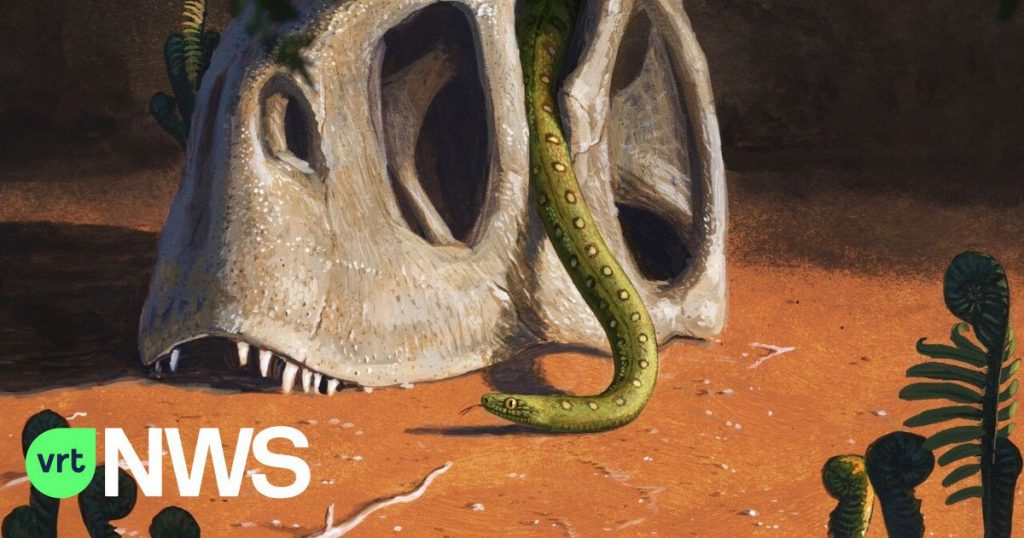The diversification of modern snakes—with tree-dwelling snakes, sea snakes, venomous vipers and cobras, and large strangling snakes such as boas and pythons—did not occur until after the extinction of the dinosaurs.
Fossils show a change in the shape of snake vertebrae following the wave of extinction. It is the result of the extinction of subspecies of Cretaceous snakes and the emergence of new groups, including huge sea snakes that grew up to 10 meters in length.
“It’s remarkable, given that they are not only surviving the wave of extinction that wiped out many other animals, but within a few million years they are completely regenerating themselves and using their habitats in new ways,” said Dr. Catherine Klein. Klein is the lead author of the new study, a recent graduate of the University of Bath and now working at the Friedrich-Alexander-University of Erlangen-Nuremberg.
The results of the study also indicate that snakes began to spread across the land around this time. Although the ancestor of modern snakes may have lived somewhere in the Southern Hemisphere, it seems that snakes first spread to Asia after the wave of extinction.









More Stories
Rewatch: Live 046 | 08/28/2024
Instagram now lets you add a song to your account
PlayStation Plus Essential Games Announced for September 2024